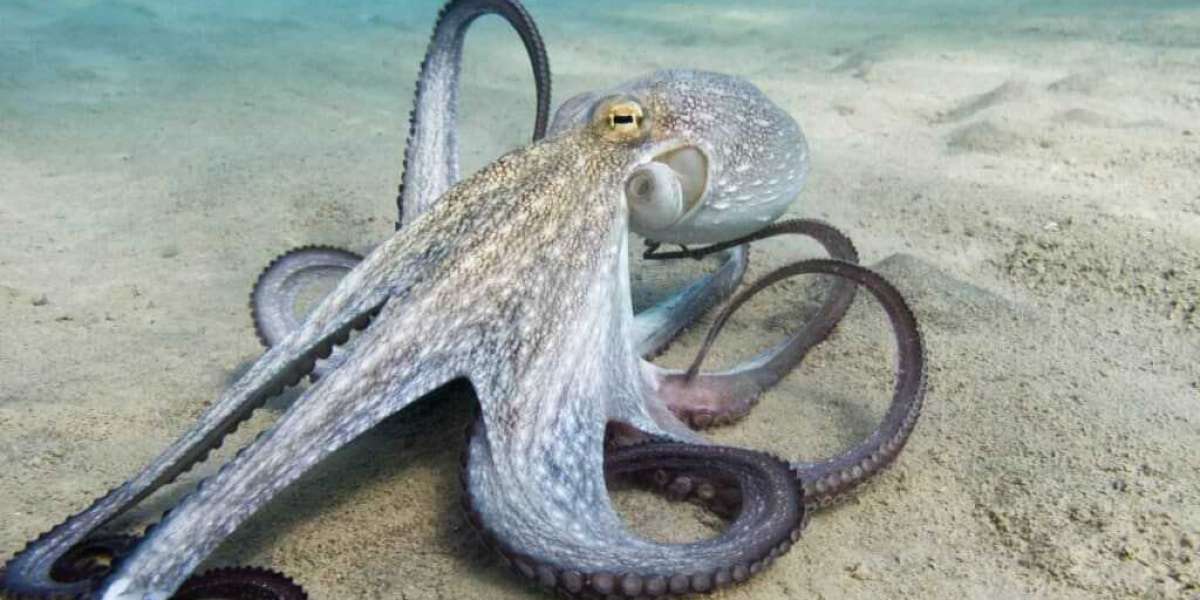The octopus, a creature known for its intelligence and remarkable adaptations, continues to captivate curious minds. One intriguing aspect of the octopus's anatomy is its circulatory system, which includes an unusual feature – multiple hearts. Let's delve into the fascinating world of cephalopods and answer the question: How many hearts does an octopus have?
How Many Hearts Does an Octopus Have?
An octopus boasts not one, not two, but three hearts. Yes, you read that correctly – three hearts! This unique arrangement is a testament to the incredible evolutionary journey of these marine creatures.
The Trio of Octopus Hearts:
- Two Branchial Hearts:
- Located on either side of the octopus's body, the two branchial hearts are responsible for pumping blood through the gills. The gills play a crucial role in oxygenating the octopus's blood, allowing it to extract oxygen from water.
- One Systemic Heart:
- The systemic heart, situated at the center of the octopus's body, is responsible for pumping oxygenated blood to the rest of the body's organs and tissues. This centralized pump ensures that the oxygenated blood reaches every part of the octopus's complex anatomy.
How the Hearts Work in Harmony:
The coordination of these three hearts enables the octopus to efficiently navigate its aquatic environment. The branchial hearts pump deoxygenated blood to the gills, where it is enriched with oxygen. Simultaneously, the systemic heart pumps oxygenated blood to the rest of the body. This intricate circulatory system allows the octopus to extract the maximum amount of oxygen from water, supporting its high level of activity and adaptability.
Benefits of Three Hearts:
- Efficient Oxygenation:
- The three-heart system ensures a continuous and efficient flow of oxygenated blood throughout the octopus's body. This is crucial for sustaining the high metabolic demands of these intelligent and active creatures.
- Adaptability:
- Octopuses are renowned for their adaptability and problem-solving skills. The efficiency of their circulatory system, powered by three hearts, contributes to their ability to thrive in diverse marine environments.
Conclusion: An Anatomical Marvel of the Deep
The octopus, with its three hearts working in unison, stands as an anatomical marvel of the ocean depths. This unique circulatory system is a testament to the evolutionary adaptations that have allowed cephalopods to conquer the challenges of underwater life. As we marvel at the mysteries of the deep sea, the octopus's trio of hearts serves as a reminder of the incredible diversity and ingenuity found in the animal kingdom.







